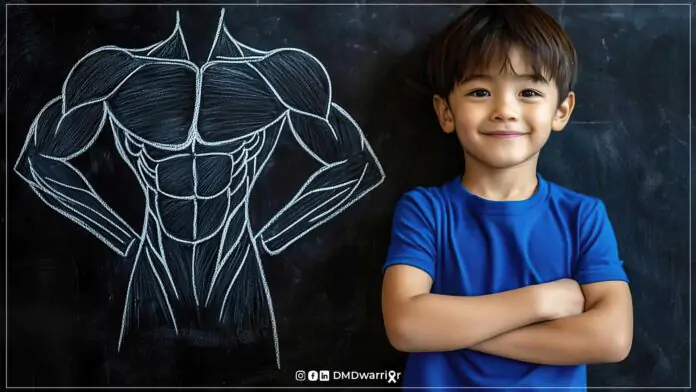A cell therapy preserves muscle structure and function in laboratory mice with a type of disease similar to Duchenne muscular dystrophy, according to new research from the Smidt Heart Institute at Cedars-Sinai.
Duchenne muscular dystrophy is a rare, inherited disorder that mostly affects boys and causes their muscles to weaken so much they eventually lose the ability to walk. Their heart and lung muscles also weaken over time, causing early death.
The therapy, described in Stem Cell Reports, uses cardiosphere-derived cells (CDCs), which are heart cells with the potential to repair tissue. Eduardo Marbán, MD, PhD, executive director of the Smidt Heart Institute and a co-author of the study, discovered how to isolate and grow CDCs in a laboratory and infuse them back into a patient. – Stem Cell Reports –
A clinical study demonstrated CDCs can protect weakened muscles from becoming weaker in adults with Duchenne muscular dystrophy. Clinical trials have also shown that CDCs can repair Duchenne-associated heart damage. A cell therapy called deramiocel, based on CDCs, is now in advanced clinical testing with repeated doses to verify improvements of heart failure and skeletal myopathy in patients with Duchenne. – 什么是 Deramiocel?CAP-1002 有什么作用? –
“Our new research demonstrates that if we expose young mice with this disorder to CDCs, we can prevent muscle weakness from developing in the first place,” said Russell G. Rogers, PhD, assistant professor in the Smidt Heart Institute and corresponding author of the study.
Investigators administered the cell therapy monthly to laboratory mice with Duchenne muscular dystrophy over the course of one year. At the end of one year, mice that received the cell therapy retained exercise endurance and muscle strength, which was similar to when the mice were young. Mice that did not receive the cell therapy, however, lost the ability to exercise and their muscles became weaker, as happens during the natural progression of Duchenne muscular dystrophy.



